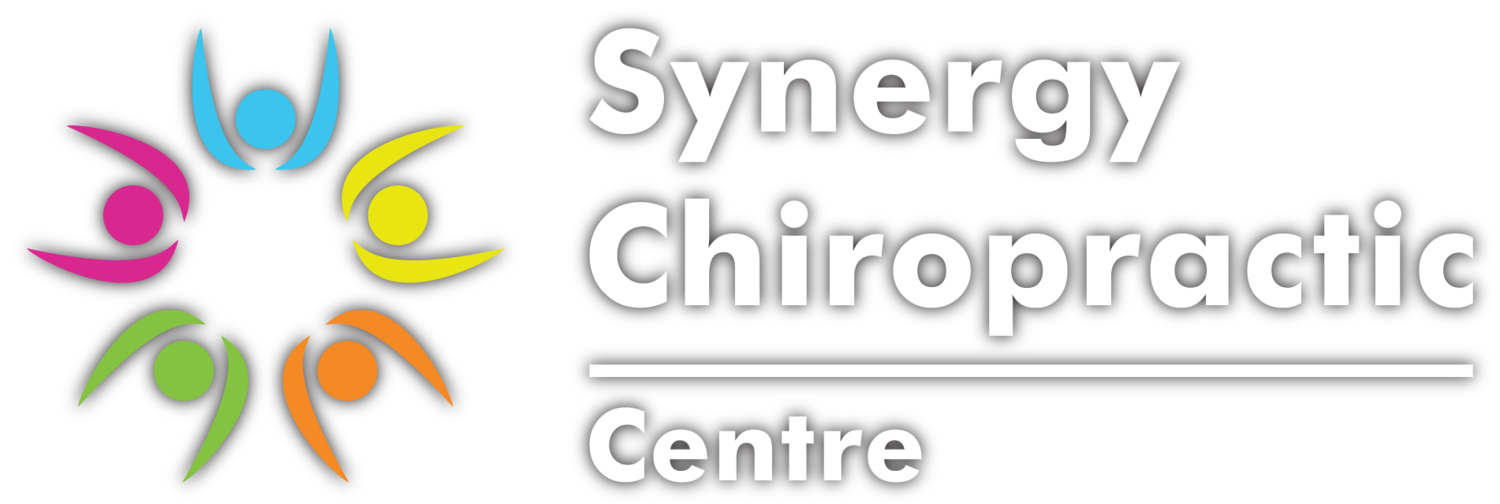The chiropractic adjustment aims to restore function to a restricted area, by effecting the joint, muscles and other soft tissues and their relationship to the nervous system.
As chiropractors we use various tools and techniques, tailored to the individual’s needs. As the old song goes, ‘your knee bone’s connected to your hip bone...’ and a problem in one area may be associated with one elsewhere. Therefore, we always look at the big picture.
Chiropractic isn’t just about bones and joints, we also address the health of the soft tissues attached to them. Damage to a muscle or other soft tissue can lead to motion restriction and adhesion within the joint capsule. This may create pain and function issues. Better joint function and muscle tone provides better sensory input to the brain.
Our practitioners use a range of traditional chiropractic manual manipulation and mobilisation through to a modern, low force approach. Some of our soft tissue therapies include active muscle releases, cross friction, PNF stretching and fascia release. Our ‘BioComfort’ instrument is a firm favourite with our patients, for its gentle, relaxing feel.
Why choose chiropractic?
There are many forms of health care to choose from and every individual must decided for themselves which one will most benefit them. This can sometimes be a difficult choice so we will do our best to describe the beliefs and aims of chiropractic care to help make that decision easier.
Chiropractors are highly trained professionals in the spine and nervous system:
• Every chiropractor must complete a five year University level degree in Chiropractic to practice in Australia.
• All chiropractors in Australia are government registered and regulated by the Australian Health Profession Regulating Agency (AHPRA).
• All chiropractors must adhere to strict regulating conditions and keep their knowledge updated through regular education.
• Chiropractors aim to balance the best evidence-based practice, clinical experience and the patient’s values and expectations in the approach to an individual’s care.
But what does chiropractic actually do?
Chiropractic aims to restore function to the spine and pelvis and reduce any negative effects that may have occurred along the way.
Most people are aware that chiropractors can help with musculoskeletal problems of the spine, such as back ache and neck pain. While this is true, there is a lot more to chiropractic.
• The skull, 24 vertebrae of the spine and the pelvis house the central nervous system.
• It is the premise of chiropractic that if there is a problem with the function of the joints and associated soft tissues, this can interfere with the signalling of the nerves to and from the brain in that area. For example:
Sometimes a nerve can be over-stimulated and result in pins and needles or pain syndromes.
Sometimes a nerve can be compressed and not able to send the message through properly, resulting in numbness or weakness.
Sometimes an injury can interfere with the way the brain can 'map' or properly perceive that area, meaning there is a greater chance of further injury or mis-signalling or signals of pain when they are no longer appropriate.
Some causes of interference to nerve signalling include:
• a bulging disc
• restriction in movement
• degenerative changes
• repetitive strain resulting in inflammation
• or many other possibilities
Chiropractic focuses on the original cause of the problem, not merely removing the symptoms.
Chiropractic takes a whole body view on health. The physical, chemical and emotional elements involved in allowing the body to deteriorate are addressed to encourage a long term improvement in health.
An imbalance in one aspect of your health may have effects on the other areas. Here are a few examples of these daily challenges:
• Physical (structural) - postural or repetitive strain, incorrect lifting, injury, whiplash, jaw clenching, birth for mother and child and a sedentary lifestyle in children and adults.
• Chemical (biochemical) - Diet (added colours, sugar and low nutritional value in food), gut health, environmental toxins, medications, sedentary lifestyle in children and adults.
• Emotional - stress, family/life balance, sleep, changes in situation, depression or anxiety and a sedentary lifestyle in children and adults.
The brain and nervous system require four things to function effectively and remain healthy:
• Fuel - A wide range of nutrients through a healthy, fresh diet
• Oxygen - Through correct breathing techniques and adequate exercise
• Activation - Appropriate sensory input via taste, sound, sight, touch, movement and balance
• Sleep - Quality and quantity
Chiropractic may be able to help on a number of levels:
• Symptom relief
• Lifestyle advice
• Long term improvement of neuromusculoskeletal health
How long you decide to benefit from chiropractic care is always up to you.
In our constantly changing world and with the increasing demand for scientific research, we strive to keep up with ever evolving knowledge. At present the vast majority of chiropractic research is based upon basic science and clinical experience, with more scientific-based, exciting research currently underway. As practitioners, as opposed to research scientists, our focus is always on patient safety, outcome and results.


